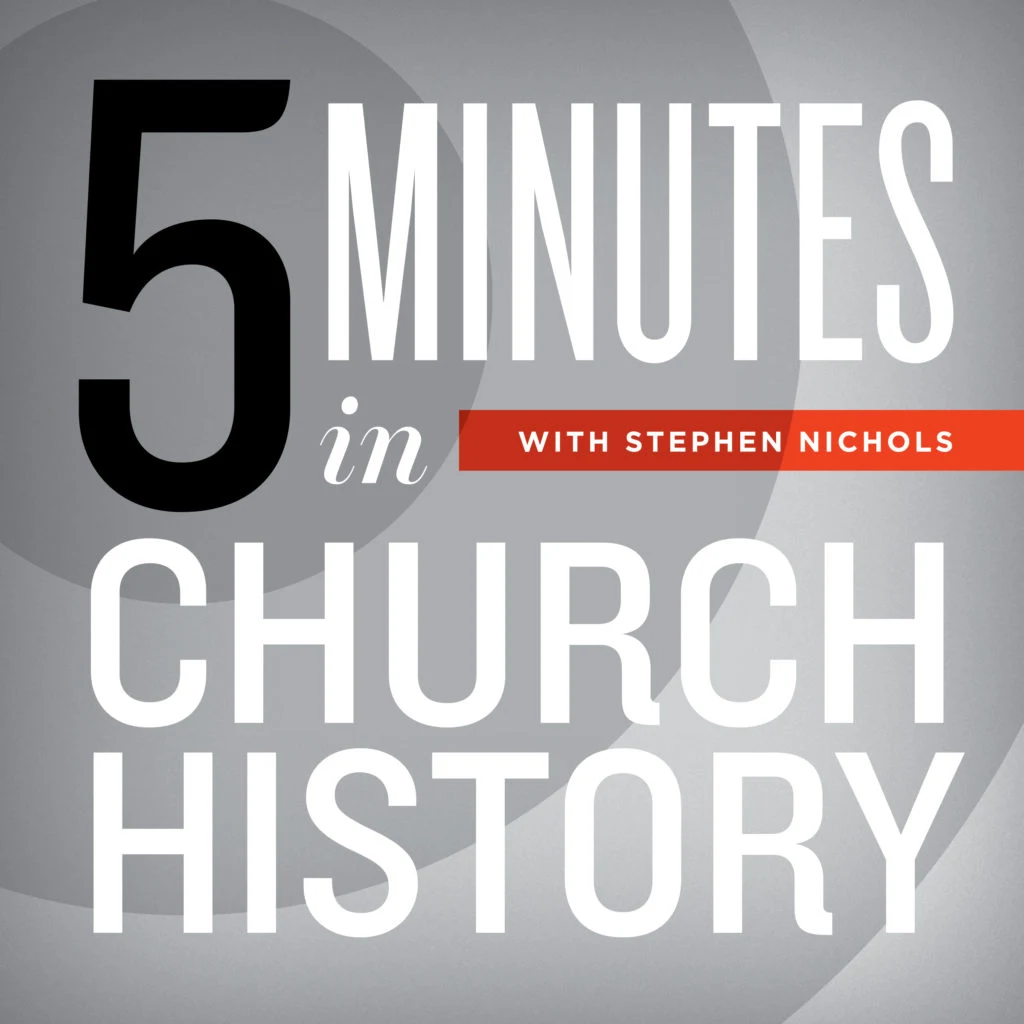The Plague of Justinian I

As he sought to bring back the glory days of the Roman Empire through conquest, lawmaking, and building projects, Justinian I was faced with the first pandemic of recorded history. On this episode of 5 Minutes in Church History, Dr. Stephen Nichols looks into the life of an emperor who survived the bubonic plague.
A very dark moment in church history came during the plague of Justinian I. Justinian I was born in 487. He came to be Roman emperor in 527, and he reigned until his death in 565. At the time when he became Roman emperor, the barbarian tribes controlled much of what was the Roman Empire. The Ostrogoths controlled Rome and the boot of Italy that extends down into the Mediterranean Sea. The Visigoths controlled Spain, and the Vandals controlled what was formerly North Africa. The Roman Empire was a mere shadow of its former self.
Justinian ruled from the capital at Constantinople. He was determined to bring back the glory that once was the Roman Empire. To do so, he would need to launch military campaigns to the east, into the Iberian Peninsula, to the south, and the Vandals to the west, and the Ostrogoths, and to the north. To do so, he had to launch a military campaign literally in every direction, and he was very successful after a decade or so of military campaigns and warfare. But in 542, Justinian I would face a new, invisible enemy.
Justinian I is also known for giving us the Codex Justinianeus. It’s also sometimes called the Corpus Juris Civilis. This body of civil law is around one million words. It was a massive rule of law to govern the Roman Empire. It contains laws on criminal and civil matters on trade, but it also contains laws regarding heresy and orthodoxy, and even laws regulating paganism.
Justinian I is also the creator of the Hagia Sophia. He was not the architect, though he had significant conversations with the architect and was very influential in the plans. But it was under his watch that the Hagia Sophia was built from 532 to 537. The old basilica had fallen during riots in Constantinople, and Justinian used the occasion to build the biggest church the Roman Empire had ever seen. Its length was 269 feet, its width was 240 feet, and it extended to a height of 180 feet. It was a massive structure.
Then in 542, the bubonic plague broke out. This is the Yersinia pestis, what came to be known as the black plague. It would come again in the 1300s, and it would manifest throughout the Middle Ages and the time of the Reformation. In 542, it is believed to have started in Egypt. This plague then carried on merchant ships to many nations and to three continents, Africa, Europe, and Asia. It is credited as the first pandemic in recorded history.
It brought all of the efforts of Justinian I to a stop. It ended the military campaigns. It devastated the economy. It ended up killing millions. At its height, it would take five thousand lives a day in the city of Constantinople alone. Even Justinian I contracted it, but he survived.
One of the stories from that time, by Procopius, notes the effect of the plague on the people. It caused them to shake off “the unrighteousness of their daily lives and practice the duties of religion with diligence.” But sadly, Procopius also notes that as soon as they were rid of the disease, they went right back to their old ways.
Recent Episodes
A Little Church History of a Middle Colony: Early Influences
December 10, 2025|American Church History
Gunpowder and a Proclamation
December 3, 2025|Geographical Perspectives
Thanksgiving in Church History
November 26, 2025|American Church History
3 Sermons on the Hallelujah Chorus
November 19, 2025|General Church History
Charles Jennens’ Libretto
November 12, 2025|General Church History
Cyprian of Carthage: Crisis in the 3rd Century
November 5, 2025|General Church History
